 Glendale native Reese Hartwig and director Dave Green reflect upon “Earth to Echo”.
Glendale native Reese Hartwig and director Dave Green reflect upon “Earth to Echo”.
By Jeff Mitchell
“Earth to Echo” is a sci-fi adventure about three kids - Munch (Reese Hartwig), Tuck (Astro) and Alex (Teo Halm) - discovering an alien in the Nevada desert. The Phoenix Film Society had a chance to talk to 15-year-old Glendale native Reese Hartwig and director Dave Green about extraterrestrial life, on-screen/off-screen friendships and much more! “Earth to Echo” opens July 2.
PFS: One of the film’s central themes is three best friends - Munch, Tuck and Alex - are forced to move apart. How much of this intentional theme was written in the original script vs. your direction?
DG: Screenwriter Henry Gayden worked the script after he and I talked out the broad story. I’m definitely not the writer among the two of us, but I love contributing story ideas. Something I was really interested in was a creating a dramatically charged period of time for these kids where they were going through a transition in their lives. I remember being in elementary school, having to transition to middle school and say goodbye to old friends. I remember being in middle school, going to upper school and having to say goodbye to those friends. The kids are in our movie are being forced apart for reasons out of their control. Throughout the course of this adventure, they have to learn how to say goodbye to each other and reconcile as friends. Echo is a great character, but this movie is very much - for me - a story about these kids who are learning to say goodbye to each other. In the course of saying goodbye, they discover this new friend who is a conduit and helps them go through that process.
PFS: Reese, you moved from Arizona to California when you were 8, so did any of your own personal story hit home when filming the movie?
RH: Definitely. When I was 8, I had all of my buddies here in Arizona. I went to Highland Lakes in Glendale, so that’s where I made most of my friends. It sucked (to leave my friends), but it’s alright because - just like the movie explains - distance is a state of mind. I still keep in touch with them. It’s funny, at that screening last weekend (June 7), my friends were all there. So, it was cool to show them what I’ve been working on these past couple years.
PFS: Since you are from here, what are some of your favorite things to do in the Valley?
RH: We come here all the time, because my mom’s entire side of the family lives here, and we have three new baby cousins here in Sun City! When I lived here, we would go to the hotel resorts and swim in the pools during every single one of my birthdays. It’s Arizona, you have to have a really cool pool area, right? The gnarliest swimming pools and slides definitely are my favorite things.
PFS: Munch was very quick-witted, and you delivered your lines with terrific comedic timing. Did you have a chance to ad lib?
RH: Henry is awesome. He really hooked me up with Munch. He gave me all the funniest lines. The main thing about being a child actor is 90 percent of the roles you have to do, you just have to be a kid. Honestly, the best way to act as a kid is to just be a kid. Before each take, sometimes Henry and I (or sometimes my dad and I) would talk about something funny to throw in. There was some improv, and Henry and Dave gave me the power to make it fun, but Henry really hooked me up with Munch. As an actor, he’s the perfect character I’d like to play.
PFS: “Earth for Echo” did a nice job of blending modern-day communication - such as texting, skyping and  presenting youtube videos - into the beginning of the film, but then later, focused on more traditional communication between the lead actors. Was that a conscious decision?
presenting youtube videos - into the beginning of the film, but then later, focused on more traditional communication between the lead actors. Was that a conscious decision?
DG: Very early on, Henry said, “You know it would be cool if these kids’ cell phones were taken over (by alien technology).”
The idea of the kids on a scavenger hunt from A to B to C with abducted cell phones was an early idea. Our creature (Echo) crash landed. He cannot really see through his own eyes, because they are cracked or broken. Now, as an electronic being, he can, however, hack into these different devices and manipulate the tech around him. That idea was there from the beginning. Some of the other tech you see, like youtube, skype and text messages, were not part of the original pass we did on the movie. Some of that came through in post (production). They served as transitions or as a way for the kids to talk to each other, but I’m so glad it came through. For us, it was a really big part of what made the movie feel current and honest. (We wanted to present) the way kids actually talk, communicate and live in the world today.
PFS: Do you think extraterrestrial life exists?
RH: Well, when I think about it, we all live in The Matrix, so it really doesn’t matter. Haha! Thinking about it, since the universe is infinite, there’s definitely a chance there might be another planet similar ours.
DG: Absolutely. Yes, there is. We are just a tiny dot in the solar system. I’m not sure life outside of Earth would look exactly Echo, but I’m sure there are all kids of lifeforms that would absolutely boggle our minds.
PFS: Munch, Tuck and Alex were best friends in the movie, and you seemed like best friends on screen, so how was it like hanging out with them off-screen?
RH: Dave had this awesome idea. We all went to Universal City Walk to break the ice a couple days before filming. We did this thing where you fly above a (giant) fan so it’s like you are skydiving. It was so cool and really fun. We went bowling. I got destroyed at that, and we went somewhere for dinner. In the movie, we were supposed to be best friends like we’ve been friends forever. It was cool to get out the jitters, have some fun and get to know each other before we started filming. This is a big thing for us, because this is our first movie. It was very nerve-wracking, but it make it a lot easier. We are best friends now!
 PFS: Ella Wahlestedt plays Emma, and she joins the three boys on this adventure. What did her character bring to the movie?
PFS: Ella Wahlestedt plays Emma, and she joins the three boys on this adventure. What did her character bring to the movie?
DG: These boys are on this adventure, and like any group of friends, there is backstory. There is stuff you see on screen, and there is stuff you don’t know from previous experiences. We thought it would be fun to see what would happen to this group of friends when a girl (Emma) is thrown into the gang. It does create this conflict amongst the boys.
RH: Emma definitely had a different angle. She thought of things the three of our characters didn’t think about. Alex, Tuck and Much were rushing, and Emma was a little more savvy than us. If it wasn’t for Emma, the story would have stopped a long time ago because she saved us from the “Construction Guy” in one scene. The adventure would have been done right there, so she definitely is a huge contributor to the entire story. You need a girl’s perspective, and she got us all in line.
PFS: What are your some of your favorite sci-fi movies?
RH: I’m definitely an “Aliens” (1986) and “The Matrix” (1999) fan. My favorite type of movie is Sci-fi, and I’m not saying that just because I’m in one. I love Sci-fi because it has this sense of wonder I really don’t get from any other types of movies. It’s so fun to learn about the science, and my character, Munch, would really like that too.
PFS: Do you have a cell phone and has anything crazy happen to it?
RH: I do have a phone, and (the only thing crazy is) my phone dies after 13 minutes after a full charge. No, I haven’t found any aliens just yet.

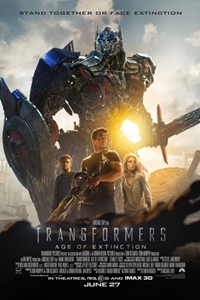 Transformers: Age of Extinction
Transformers: Age of Extinction
 Korengal
Korengal
 Night Moves
Night Moves
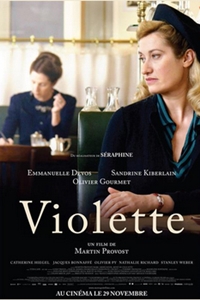 Violette
Violette
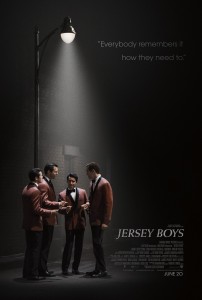 Jersey Boys
Jersey Boys
 The Grand Seduction
The Grand Seduction
 The Rover
The Rover
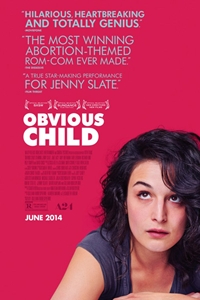 Obvious Child
Obvious Child
 22 Jump Street
22 Jump Street
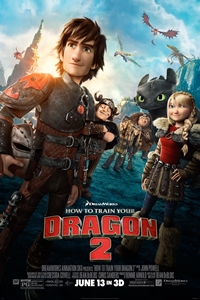
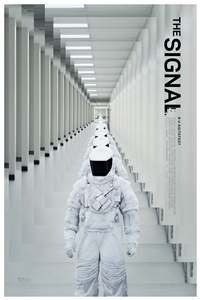 The Signal
The Signal
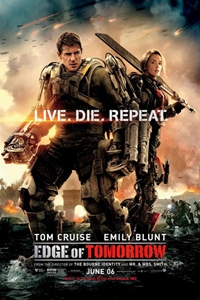 Edge of Tomorrow
Edge of Tomorrow
 The Fault in Our Stars
The Fault in Our Stars








